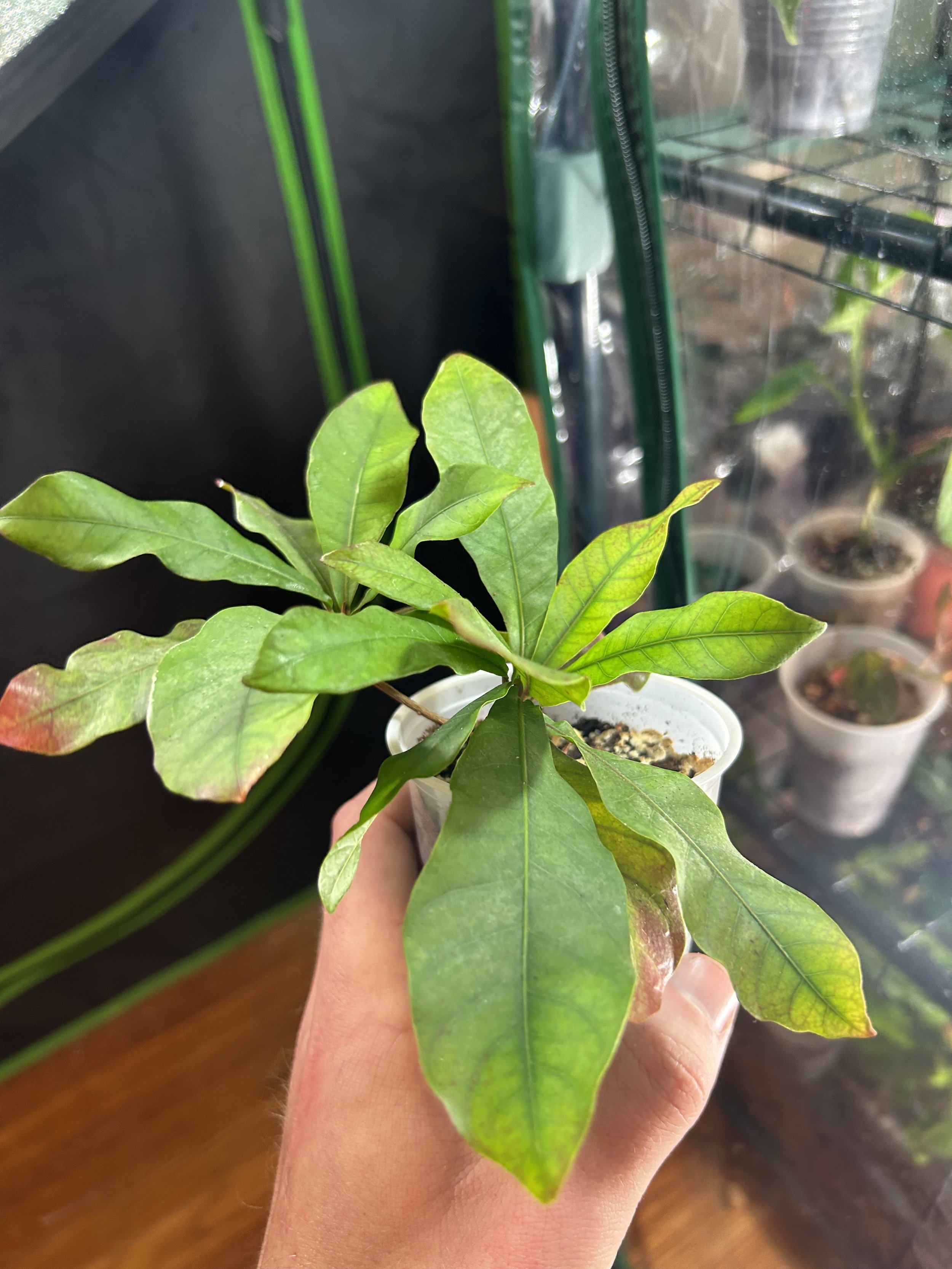Comfrey Bocking 14 Crowns (Symphytum x uplandicum ‘Bocking 14’)
Permaculture super plant! The Bocking 14 cultivar is uniquely suited to suck up excess nutrients and store them in its leaves. Seriously, the NPK value of the leaves rivals some fertilizers. Plant at the edge of your garden to catch any nutrients leached by rain. Then, as it grows you can harvest the leaves for fertilizer, animal feed, or traditional medicine.
Permaculture super plant! The Bocking 14 cultivar is uniquely suited to suck up excess nutrients and store them in its leaves. Seriously, the NPK value of the leaves rivals some fertilizers. Plant at the edge of your garden to catch any nutrients leached by rain. Then, as it grows you can harvest the leaves for fertilizer, animal feed, or traditional medicine.
Permaculture super plant! The Bocking 14 cultivar is uniquely suited to suck up excess nutrients and store them in its leaves. Seriously, the NPK value of the leaves rivals some fertilizers. Plant at the edge of your garden to catch any nutrients leached by rain. Then, as it grows you can harvest the leaves for fertilizer, animal feed, or traditional medicine.
Uses Of Comfrey
As a living mulch under taller crops: The leaves can be chopped and dropped in place to fertilize and add organic matter to the soil.
To collect wasted nutrient runoff: Plant Comfrey on the edge of a garden/row to absorb leached nutrients and then add them back to your soil.
Turbo-start compost piles: Comfrey leaves are high in the nitrogen that microbes need to create your finished compost.
Animal feed: High in nutrients, Comfrey makes an excellent snack for worms and some livestock.
Traditional medicine: The leaves and roots have been used for centuries in poultices.
Planting Instructions
I recommend planting the root cuttings about 2” deep immediately after receiving them. Here in zone 7 (Charlotte, NC) I have had success planting them anytime the temperature is above freezing. Cuttings can also be grown indoors until you’re ready to plant outside. If for whatever reason you can’t plant them immediately, I’ve had success storing them in a bag with slightly moist moss in the refrigerator; eventually they will still sprout though. Even roots with mold growth have sprouted perfectly for me, so don’t throw any away!
Growing Conditions
Bocking 14 is incredibly easy to grow. Tolerant to a wide variety of soil types and temperatures, the limiting factor for growth is water availability. Here in zone 7 I have had success in clay, sand, and soiless mixes both in the ground and in containers. During the hottest part of summer they tend to wilt a little until extra water is provided. Comfrey seems to grow best in full sun here in zone 7 but it is easier to keep up with watering if in partial shade. Comfrey also doesn’t seem to mind the cold, sending out new leaves anytime the temperature is above freezing and handling freezes like a champ, even in containers.
Bocking 14 Comfrey grows in clumps, occasionally sending out short runners. This variety is sterile and so there’s no worry of comfrey taking over your whole garden like with other varieties. Bocking 14 is easily propagated by dividing clumps, cutting crowns, or root cuttings. Even small root fragments can grow into whole plants (so unless you want more plants I wouldn’t recommend tilling these plants.














